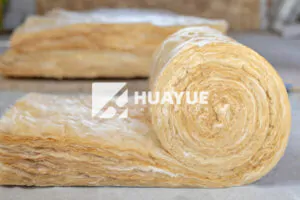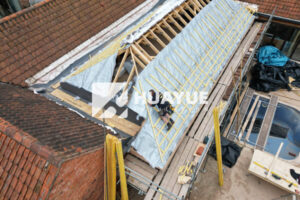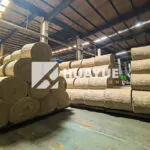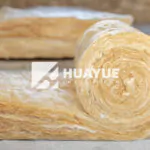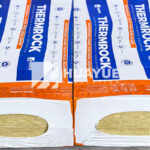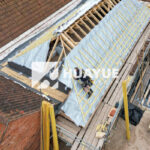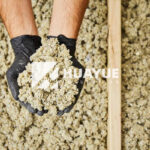Can fiberglass batts get wet?
If you’re worried about your insulation getting wet, you’re not alone. It’s a real problem. Wet fiberglass batts can cause headaches and higher costs if ignored.
Wet fiberglass insulation absorbs and holds water, which reduces its thermal efficiency and can lead to mold and long-term damage. Once wet, most fiberglass batts need to be dried or replaced quickly to restore performance.
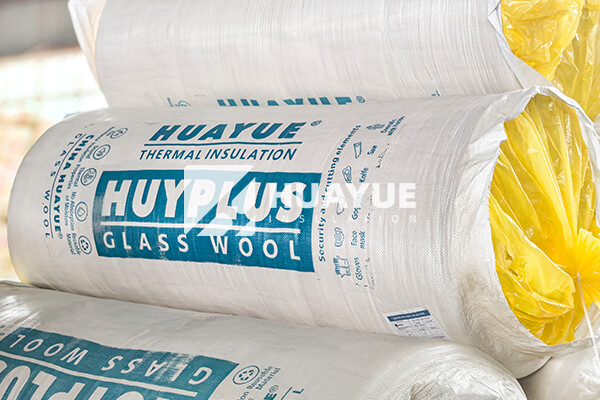
A big issue with wet insulation is that it is not always easy to spot right away. Water can enter from leaks, humidity, or unexpected events like flooding. Insulation that stays wet inside a building – especially in walls or tanks – can lose its ability to block temperatures, and create safety concerns. Knowing how wet fiberglass batts behave, what happens over time, and when it becomes a mold risk helps me make better decisions for long-term plant operations and maintenance.
Is fiberglass insulation ruined if it gets wet?
Water damage to fiberglass batts is serious. It breaks down the insulation quality and creates health concerns if ignored.
Fiberglass insulation loses its performance once it gets wet. Water fills its air spaces, reducing its thermal resistance and encouraging mold growth if left untreated.
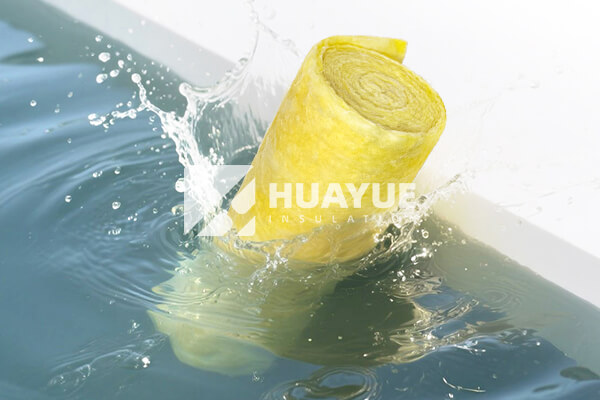
When I notice moisture or a leak in an insulated tank, I check the fiberglass batts right away. If they are soaked or water has been sitting for a long time, I usually replace the material. It is tough to restore their original R-value after they get wet because the fine glass fibers cannot resist water for long periods. The insulation crumbles, compresses, and loses its structure. From experience, it is cost-effective to remove ruined insulation instead of risking mold and poor tank performance. In critical systems, I consider whether a waterproof insulation like foam glass would avoid future problems.
| Situation | Impact on Fiberglass Batts | My Response |
|---|---|---|
| Quick drying possible | Might recover some thermal value | Replace or dry fast |
| Saturated, long-term water | Permanent loss, contamination | Replace completely |
| Repeated wetting | Ongoing damage, mold risk | Upgrade to alternatives |
How long does fiberglass insulation stay wet?
Wet fiberglass batts will hold water for hours or even days, depending on the amount and conditions.
It can take fiberglass insulation many days to fully dry out, especially when trapped in walls or tanks with poor ventilation.
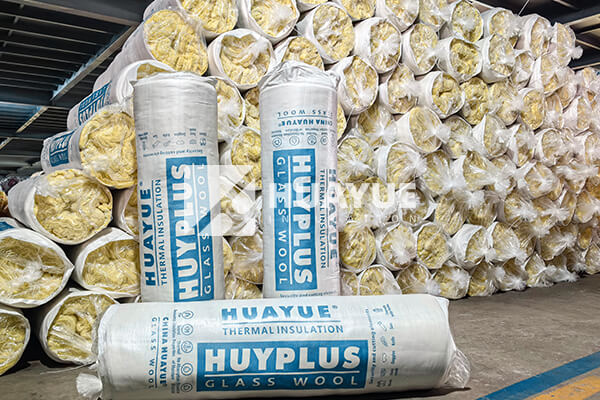
When fiberglass gets wet, evaporation is slow. The fibers trap water between air pockets, and so drying them out without removing panels or opening walls is not simple. In cold climates, insulation may stay wet for even longer if temperatures are low and there is little airflow. In damp tank systems or areas with lingering leaks, fiberglass can stay wet for days or longer, keeping up the risk of mold and loss of insulation value. Sometimes, I find it is not practical to wait for natural drying, especially with large surface areas. As a chief engineer, I always expect delays and extra cleaning if drying is attempted rather than full replacement. I log any water exposure carefully so I can calculate total downtime and long-term risks.
| Condition | Drying Time | Actions Needed |
|---|---|---|
| Good airflow, low humidity | 1-2 days | Open panels, use fans |
| Poor ventilation, high humidity | 3-5+ days | Remove or replace batts |
| Encapsulated, cold climates | Many days/weeks | Plan removal, check mold |
Will mold grow in wet insulation?
Mold will grow in wet fiberglass batts if water is not removed quickly. Mold can create safety hazards and lead to expensive maintenance.
Wet fiberglass insulation is an ideal environment for mold if it stays damp and warm over time.
In chemical plants and storage tanks, I have seen mold develop in fiberglass batts after leaks, especially when water remained for several days. Mold spores are everywhere, and they settle on wet insulation easily. Once established, mold can damage the insulation, cause odors, and even create indoor air quality issues for staff. This is one reason I check insulation after any water problem and remove damaged sections quickly. I try to avoid long delays in fixing leaks. When mold is present, cleaning is not enough. Replacing the affected insulation, and sometimes upgrading to moisture-proof alternatives, becomes necessary for safety.
| Condition | Mold Risk | My Recommendations |
|---|---|---|
| Wet but dries in hours | Low | Inspect, dry immediately |
| Stays wet for days | Very high | Remove, replace |
| High temperature, closed space | Extreme | Use mold-resistant materials |
Is fiberglass batt insulation moisture resistant?
Fiberglass batt insulation is not moisture resistant. It absorbs water and loses performance when exposed to wet conditions.
Fiberglass batts do not resist water. They break down if repeatedly exposed to moisture or leaks.
In my work on cryogenic and chemical tank insulation, moisture resistance is a key decision point. Fiberglass batts, though good in dry environments, are not a waterproof solution. Their glass fibers pull in water, which leads to lower insulation values and higher risk for CUI (corrosion under insulation). If moisture is a constant threat, I consider alternatives such as foam glass or specialized closed-cell materials. These options simply do not absorb water and are preferred in long-lasting applications. When the budget and safety requirements demand long-term moisture protection, it is worth investing in premium materials instead of hoping standard fiberglass will resist water exposure.
| Insulation Type | Moisture Resistance | Best Use Case |
|---|---|---|
| Fiberglass Batts | Low | Dry, indoor areas |
| Foam Glass | High | Wet, cryogenic tanks |
| Closed Cell Rubber Foam | High | HVAC, moisture-prone |
Conclusion
Wet fiberglass batts lose effectiveness quickly and promote mold. I recommend fast action or using moisture-proof alternatives for best results and long-term safety.
You may also be interested in:
Ready to Get Started?
Get in touch with our experts for personalized solutions tailored to your needs.
Get Free QuoteLatest Articles
Let's Work Together
Ready to take your business to the next level? Get in touch with our team of experts and let's discuss how we can help you achieve your goals.
Get Free Solutions
